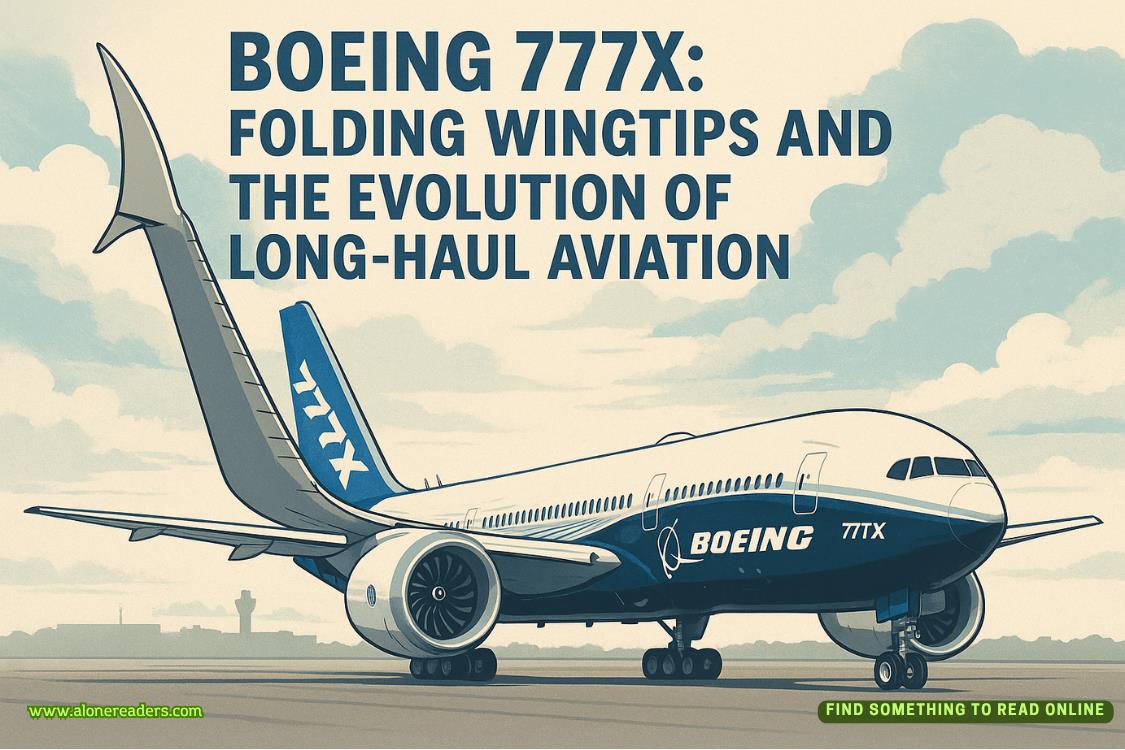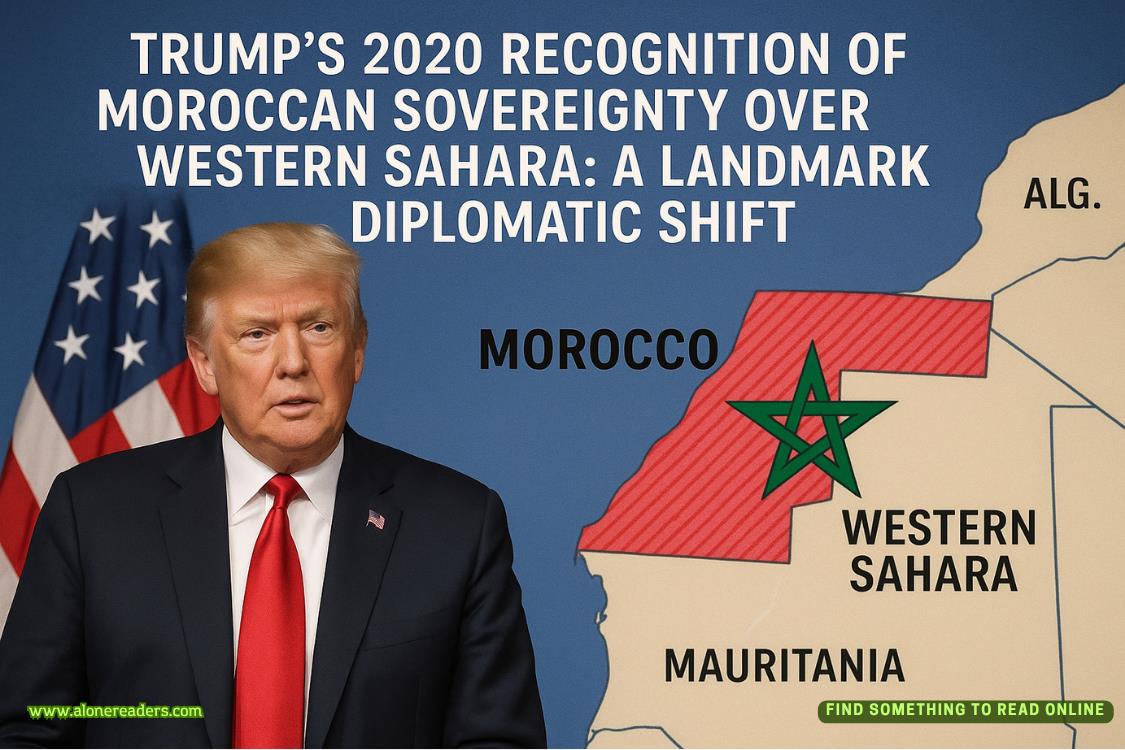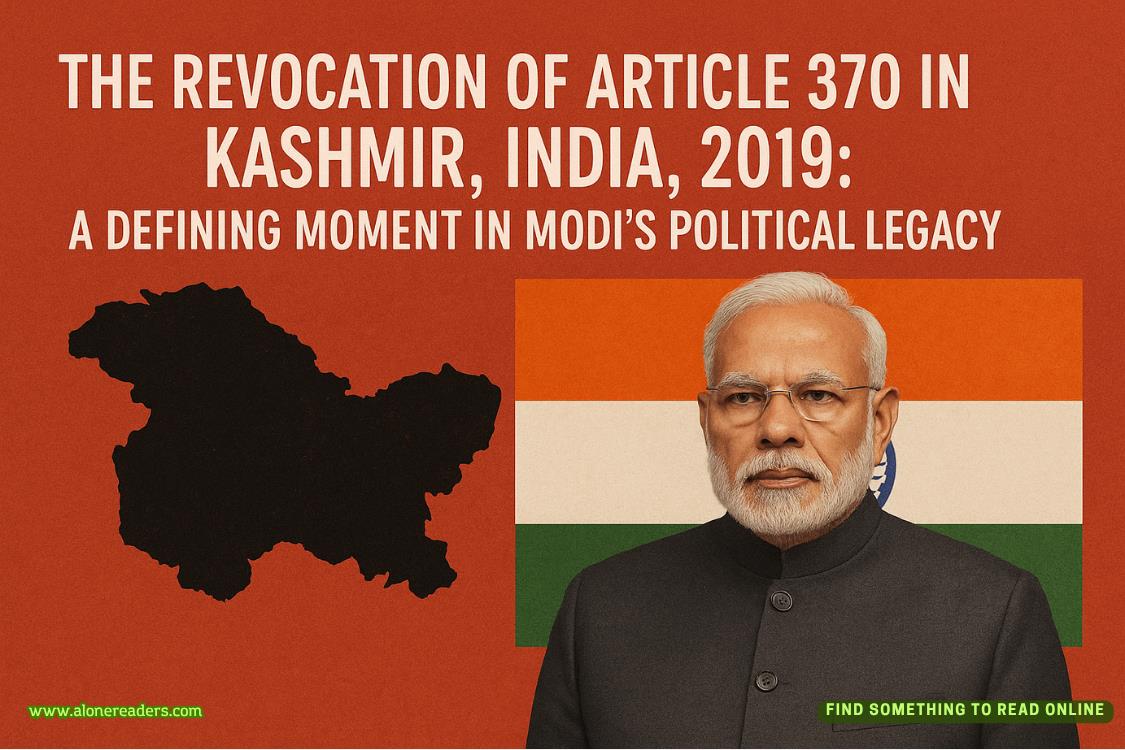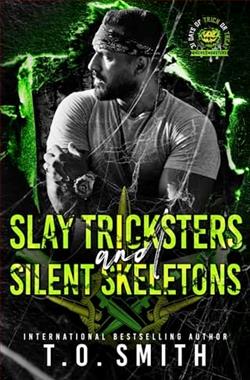Page 18 of The Texas Murders
He offers to take the first shift driving, but I tell him I’ve just had half a thermos of coffee. He leans back in the seat and tilts his hat over his eyes.
“Wake me when you need a break.”
Driving across Texas can be a long, lonely endeavor, especially in West Texas, as towns get fewer and farther between.It’s beautiful country, but at nighttime, there’s nothing to see but the occasional jackrabbit darting across the road.
As I drive, Carlos begins to snore. I look over at him and wonder what kind of team Carlos and I might make since both of us have a reputation for doing things our own way.
With nothing to do but watch the mile markers tick by, I let my mind drift to my evening: the ceremony and the party afterward. My thoughts are torn between two subjects and can’t seem to decide which to focus on.
Willow.
Or Megan.
I think of how much I enjoyed playing music with Willow again—and what almost happened after. But I’m also thinking about Megan and the way she looked in the rain, her hair soaked and her face aglow in the brake lights.
I’m aware that these thoughts are a defense mechanism keeping me from dwelling on what’s really on my mind—the death of Kyle Hendricks. I wish I could go back in time and find some way to save him. But all I can do is try to make sure that it doesn’t happen to anyone I work with in the future, including the Ranger sleeping in the seat next to me.
When Carlos finally stirs, there’s a hint of blue visible in the sky, signaling the approach of dawn. The summer solstice was yesterday, which means today is the second-longest day of the year. It’s going to be an especially long day for me if I don’t get some sleep.
When I ask Carlos if he wants to take a turn behind the wheel, he says, “Nah. You might as well push on through. You’re good for it, right?”
It takes me a minute to realize he’s joking. There’s something about his delivery that gets me every time.
I pull over at a rest area so we can empty our bladders and switch seats. It feels strange to sit in the passenger seat of my own truck. I try to relax, but the sun is rising and my body clock keeps telling me it’s time to wake up, not go to bed. I feel a strange exhausted tunnel vision and find my eyes focusing on the insects splattered against the windshield instead of the road in front of us.
Outside the window, the transition from the barren hills of West Texas to the crowded city of El Paso is abrupt. One minute, we’re in the middle of nowhere; the next, we’re in a bustling city, which appears even bigger than its six hundred thousand people because you can easily see across the border to Juárez, a city of more than a million. From the highway, with the muddy dividing line of the Rio Grande hardly visible, El Paso and Juárez seem to bleed together into one sprawling metropolis stretching to the south as far as the eye can see.
It’s too late to sleep now, so I ask Carlos, “You think someone from this federal task force is going to be on scene?”
He nods. “Probably.”
I ask him what he knows about the task force, why it was created. He echoes the explanation Ryan gave me at the shooting competition, that there’s an underinvestigated epidemic of missing and murdered Native American women.
“There isn’t even a clear estimate of how many women we’re talking about,” Carlos says, pulling off the highway and heading toward the missing woman’s home address.“Sometimes Indian women are misclassified as Hispanic or Asian or don’t get logged into federal databases for whatever reason. Some estimates say as many as five thousand Native women go missing or are murdered every year.”
“Five thousand?” I say, shocked that the number is so high.
At the federal level, Carlos says, agencies like the Department of Justice and Department of Health and Human Services recently formed a coalition, trying to provide education and streamline communication among tribes and organizations. The FBI was brought in to lead the law enforcement effort, but the jury is still out about whether they’re much help.
“What happens to the women?” I ask. “Why are there so many?”
“Some run off,” Carlos says. “They live on the streets, maybe strung out on drugs. Maybe they come back. Some of them are probably beaten and killed by men in their lives. I suspect a disproportionate number are taken for human trafficking. Who knows? Maybe there’s a serial killer out there collecting Indigenous women.”
He says the part about a serial killer flippantly. But there are a lot of sickos out there. You never know.
“The bottom line,” he adds, “is that Native women are a segment of the population that no one gives a damn about—at least not until recently—so no one really knows why so many disappear.”
Carlos pulls off the highway near the university, and as we get close, it’s easy to spot where we’re headed. The parking lot of an apartment complex is crowded with a half dozenlaw enforcement vehicles: patrol cruisers, unmarked sedans, a crime scene van, and a big operations van that, if I were to guess, belongs to the FBI.
It turns out I’m right.
As we step out of our truck, Ryan Logan and a handful of other men in suits exit the van and spot us.
“Well, look who it is,” Ryan says. “The second-fastest gun in the West.”
He’s smiling, and his expression appears friendly enough, but there’s something underneath—something he can’t quite hide—that suggests he’s not happy to see Texas Rangers on his turf.
CHAPTER 13















